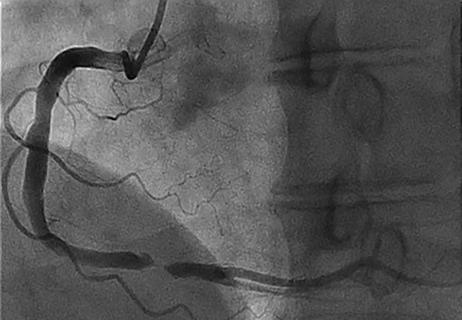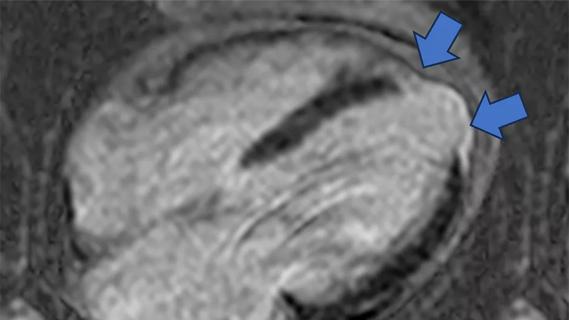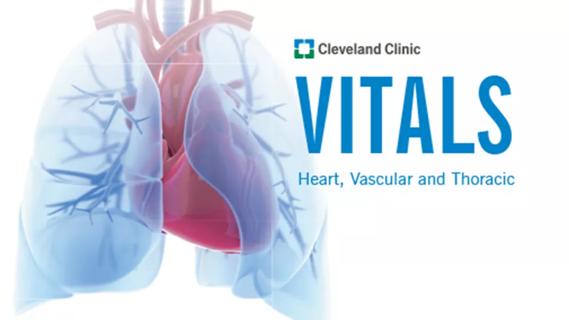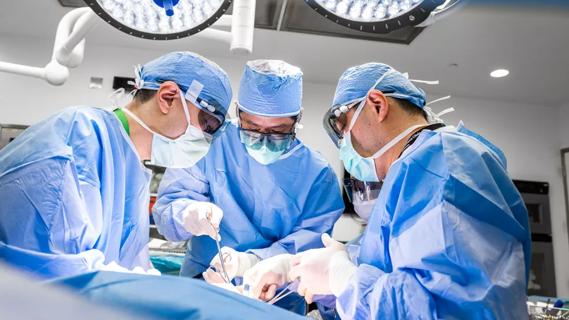How the tool could help physicians alter management in real time

Injury to the kidneys is a common complication during the course of congenital cardiac surgery. A novel machine learning (ML) model could be a solution to identifying children, including infants, with the highest risk, allowing care teams to intervene earlier.
Advertisement
Cleveland Clinic is a non-profit academic medical center. Advertising on our site helps support our mission. We do not endorse non-Cleveland Clinic products or services. Policy
This was the chief finding of a Cleveland Clinic-led study that built and tested a novel ML algorithm using patients’ laboratory and clinical data. The investigators note its “promising performance” in predicting moderate-to-severe cardiac surgery-associated kidney injury (CS-AKI). The study was published in Pediatric Nephrology.
Orkun Baloglu, MD, a critical care physician at Cleveland Clinic Children’s, contextualizes the study’s importance. “Children with congenital heart disease may require complex surgeries to palliate or cure the pathology. Unfortunately, the surgery carries a risk of kidney injury — a result of the cardiopulmonary bypass machine or events during the postoperative course.”
Associated risk factors for developing CS-AKI include young age at the time of surgery, STAT category, the length of surgery, extended intraoperative circulatory arrest, duration of cardiopulmonary bypass and low cardiac output syndrome. While these risk factors have been well documented in the literature, using ML to systematically identify patients’ risk for CS-AKI is relatively new.
Few studies have examined these variables using ML in the setting of cardiac surgery — and, to his knowledge, none have done so in a U.S. patient cohort, notes Dr. Baloglu.
To build the model, Dr. Baloglu and colleagues extracted demographic, preoperative, intraoperative, and immediate postoperative clinical and laboratory data from 402 electronic health records of pediatric patients (younger than 21 years old) who underwent cardiac surgery from Sept. 1, 2007, to June 31, 2013.
Advertisement
These data were separated into train and test cohorts to build and validate the ML model. The team excluded patients with patent ductus arteriosus, a relatively simple cardiac surgery that is not linked to kidney complications.
The researchers used a standard definition of moderate to severe AKI, as categorized by Kidney Disease: Improving Global Outcomes (KDIGO), which is progression to stage 2 or stage 3 at postoperative day two.
In the test set, the researchers found that 13.7% of patients experienced moderate-to-severe AKI. The ML algorithm achieved a promising performance, according to the authors with an accuracy of 91% (95% CI: 0.82–1.00).
The top predictors, according to their findings, were:
These variables are supported in the literature as associated with increased risk for CS-AKI, but the findings suggest closer attention should be paid to these data points in patients.
The ML design allows for the amalgamation of all these variables — and with the benefit of utilizing immediate postoperative data. The authors report in their study that the nature of ML, “nonparametric and nonlinear,” results in a greater opportunity to select inputs and identify patterns.
Clinicians may already have a healthy suspicion for patients who are more likely to develop a kidney issue, like a younger baby with a lower weight at the time of surgery and a longer, more complicated surgery. However, for patients who fall outside traditional risk profiles, the ML model may be useful for earlier identification and more thoughtful clinical management.
Advertisement
Additionally, the data points used in the model are already utilized as a standard of care, making them accessible to clinicians.
Building off this study, a larger analysis is now underway. While the investigators are enthused by the promise of their findings, Dr. Baloglu cautions about the limitations of AI and the ability to operationalize this tool.
“We need to make sure these models are trained in really good datasets and that the models are maintained and updated. It will be a challenge to use them prospectively, but I think once we have literature with reliable results, we can evaluate the model’s ability to change outcomes in patients.”
Advertisement
Advertisement

Launch of the tool promises to reshape quality assessment across the specialty

Lead dwell time and manufacturer emerge as independent predictors of success in registry study

The case for a thoughtful approach to CTO and minimally invasive options for CABG

Technique may lay groundwork for personalized decision-making in procedural intervention

Check out our latest volume and outcomes data in these key areas

New research indicates feasibility and helps identify which patients could benefit

Check out our latest volumes and outcomes data

Findings promise potential wireless option for majority of patients who need pacing